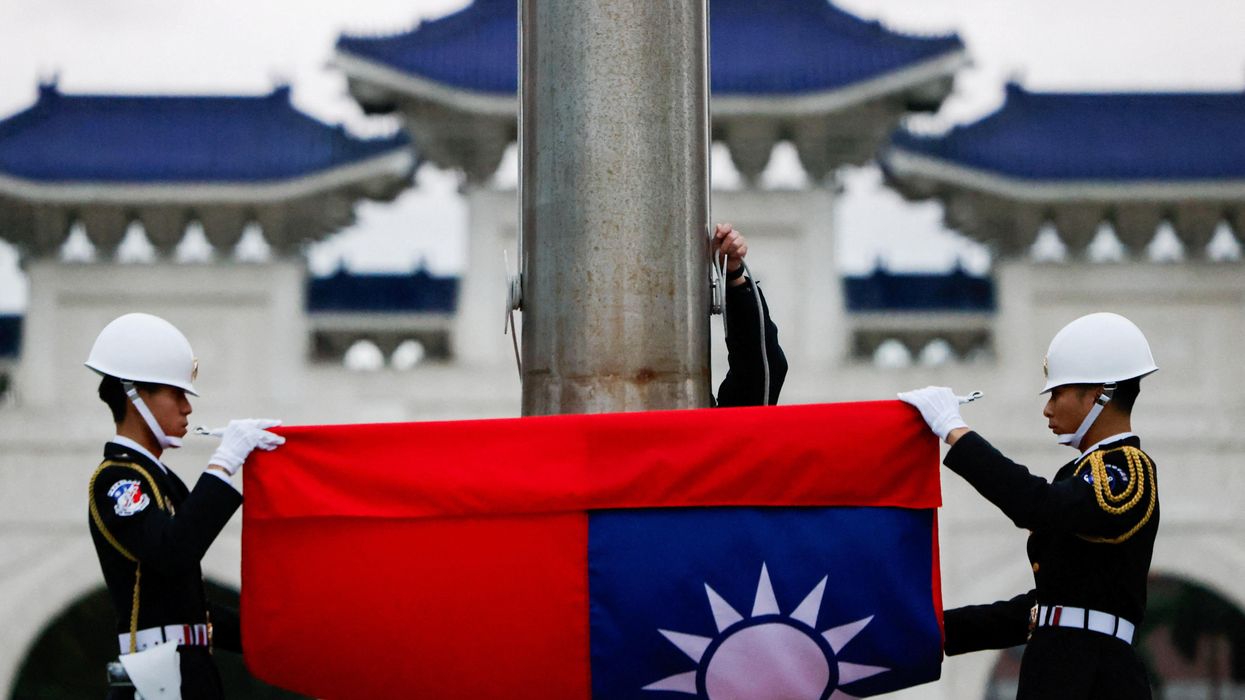The Bunker appears originally at the Project on Government Oversight and is republished here with permission.
A pair of stories with contrasting narratives
It was the best of times (“We blew Iran’s nuclear-weapons complex to smithereens!”), it was the worst of times (“Psst — we’re submitting a proposed defense budget for next year even smaller than this year’s”). That’s why last Thursday there was an 8 a.m. all-hands-on-deck for a rare press conference (only the second in five months) by Defense Secretary Pete Hegseth. And a mere peep later in the day about his proposed 2026 budget.
This is performance politics worthy of the Wallendas. President Donald Trump can declare that the U.S. “completely and totally obliterated” Tehran’s atomic enterprise to bits even before the B-2 bombers that carried it out had returned to their home base in Missouri. Unfortunately, skeptical Pentagon intelligence analysts cast doubts on that certitude. That’s their job. Predictably, Trump came down on the Pentagon reporters who relayed the views of the Defense Intelligence Agency like a petulant kindergarten bully. He predictably commanded that his sidekick — that would be the SECDEF — denounce the doubters.
Which he did with a relish that is decidedly unappetizing: “You cheer against Trump so hard, it’s like in your DNA and in your blood to cheer against Trump because you want him not to be successful so bad, you have to cheer against the efficacy of these strikes.”
Let’s be clear — neither side’s assessment was rock-solid. It’s simply too early to tell. Trump shouldn’t have issued his “completely” claim so soon. And reporters should have treated more gingerly that initial DIA bomb-damage assessment, which apparently turned out to be a “low confidence” worst-case projection.
Just because Trump jumped the gun is no reason for reporters to follow suit.
The same day, the Pentagon rolled out its 2026 budget request seeking $848 billion. That’s actually lower than this year’s $831 billion, when taking inflation into account. Trump’s pledge to spend $1 trillion on defense next year will only happen if Congress approves a $113 billion add-on now under debate. Toting up all administration-wished-for 2026 national-security spending, including that one-time bonus, plus that spent on nuclear weapons by the Energy Department, the total rises — surprise! — to $1.01 trillion. But where such future annual $100 billion plus-ups will come from remains unknown, and unknowable.
Unlike publicly pummeling the press, the Defense Department’s budget unveiling was a decidedly low-key affair. “The announcement was a stark departure from past budget roll-outs, which have traditionally included an overview briefing by the Pentagon’s comptroller, and sometimes the deputy defense secretary and vice chairman of the Joint Chiefs of Staff, followed by separate briefings by each military department,” Meghann Myers pointed out at Defense One. That’s probably because the Pentagon finds itself too embarrassed to confess to the budgetary sleight-of-math required to reach Trump’s trillion-dollar target.
War of the words
Trump has been ruminating again about returning the Department of Defense to its original name: the Department of War. The Bunker, dedicated to ending decades of defense opacity (“obscurity of sense”) and obfuscation (“to be evasive, unclear, or confusing”), is all for the change.
The U.S. long had a War Department (largely the Army and, later, its fledgling air force) and a Navy Department. But as the threat posed by the Soviet Union grew, Congress combined them and created the National Military Establishment in 1947, along with the Air Force. There was just one problem. The U.S. military loves its acronyms, and the new “NME” acronym sounded too much like “enemy.” So, in 1949, the Department of Defense was born.
The name change has arguably led to an expansive and flabby understanding of the role of the nation’s military. The Lycra-like label has been stretched to cover humanitarian ops, mission creep, nation-building, and forever-rising budgets. In contrast, a cabinet agency laser-focused on waging war could lead to a leaner, cheaper force. And that might not be the only change. The Bunker’s home, here at the Center for Defense Information at the Project On Government Oversight, would also face a tough choice. “Does CDI,” POGO pooh-bah Scott Amey ponders, “become the Center for War Information?”
Varmints pester Air Force base
North Dakota’s Minot Air Force Base, home to nuclear-capable B-52 bombers, is being invaded by growing burrowing brigades of what the locals call dakrats (short for Dakota rat), a type of ground squirrel. “A team of Air Force subject matter experts and representatives from Minot AFB Homes are meeting regularly to coordinate a more active response,” the base posted on its Facebook page June 23. Residents “can continue to use traps in their backyard,” but reinforcements are on the way. The base plans to roll out “a more comprehensive trapping plan” soon, and pledges “increased resourcing for fall and spring mitigation efforts to significantly decrease the on-base [dakrat] population.”
This is not a new problem. “Since the removal of their natural predators on base,” a 2019 Air Force story noted, “their population has significantly increased in numbers, causing damages to mission-essential infrastructure and homes across the base.” The base’s estimated 10,000+ dakrats were “degrading runways, platforms, foundations, and housing.” Deploying gas, other poisons, flooding, and trapping plainly didn’t lead to their complete and total obliteration.
Commenters responding to the base’s post on the latest vermin surge had their own suggestions on how to get rid of the critters. They ranged from bubble gum (Bazooka Joe brand, The Bunker presumes), to “bad donut dough,” to A-10 attack planes, to B-2 bombers. “Trap a few and microchip them to track to the colony,” one recommended, “then use a bunker-buster.”
A Saturday-morning cartoon for the 21st century.
Here’s what has caught The Bunker’s eye recently
→ Pass the ammo…across the Pacific
Congress wants the Pentagon to build an ammunition plant in the Philippines to deal with the threat posted by China, USNI News’ Aaron Matthew Lariosa reported June 24.
The Pentagon has changed the name of the USNS Harvey Milk, named for the assassinated gay-rights activist, to the USNS Oscar V. Peterson, a sailor posthumously awarded the Medal of Honor for saving his stricken vessel during World War II, Riley Ceder reported June 27 in Navy Times.
The Air Force is diverting money from its new and troubled $141 billion Sentinel ICBM program to refurbish that Qatari 747 that President Trump plans to use as Air Force One, Rachel S. Cohen reported June 27 in Air & Space Forces Magazine.
Thanks for reading The Bunker this week, secure in the knowledge that we would never divert the cost of your subscription to line our own (threadbare) pockets. Please forward this on to a friend so they can subscribe here.
















